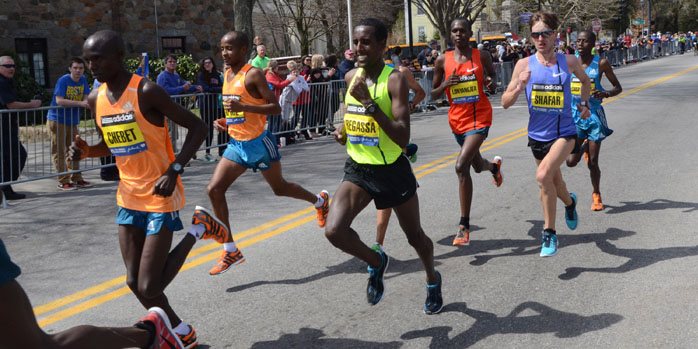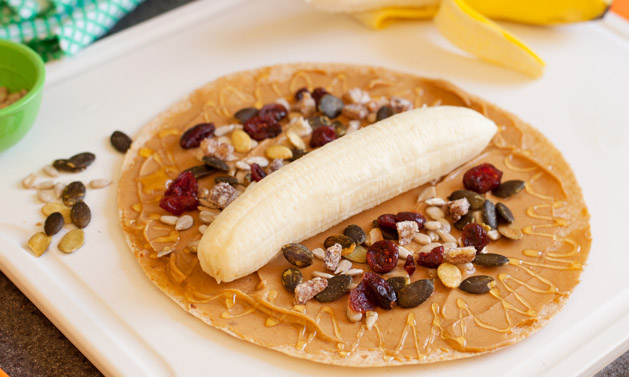As training theory continues to advance, exercise scientists and coaches are making constant efforts to unearth more efficient ways of transitioning and training from short to long-distance running races. In particular, these exercise coaches now understand the importance of speed development (recruiting maximum muscle fibers per stride, improving efficiency, and developing neuromuscular coordination) – even for long-distance runners, who run at paces much slower as compared to their top-end speed.

In fact, if you are a runner whose main focus lies on racing marathons and half marathons, speed development is even more crucial to you than you realize. The following guide will help you train and transition from short to long distances.

1. Injury-Proof Your Stride
The secret to significantly lowering stress when transitioning from short to long distance races is taking more steps. Like running slower, this is also a habit practiced by most ultra-runners and marathoners.
All you need to do is take short and quick steps instead of long and slow ones. The reason behind this is that you spend less time in contact with the ground and thus create smaller impacts with every step. This small change will help you go a long way in preventing injuries that so many long-distance runners face. Don’t fret too much, and give it ample of time. Remember that you are working with different muscles, so it will take some to get used to it. But once you have completed several such runs, you will start to feel normal, and be far less likely to get injured as before.

2. Switch From Easy To Hard Workouts
Sure, slow runs are a great tip to becoming a long-distance runner, but it isn’t enough. If you wish to thoroughly derive the thrill of training to beat a specific time or to become much fitter, you have got to step up your game regarding workout. This step will help your body make adjustments and become stronger. When you are ready, you will want to consider the following kinds of training:

3. Fuel Your Body
A common mistake that many runners transitioning from short to long distance runs make is not properly fueling their bodies. So many new runners sabotage their workouts by failing to understand that the kinds of food they consume before and during their runs have a significant impact on how well they perform and how they feel. Here's what you need to do:
Before your runs, consume a fair amount of carbs, and a little protein (3:1 ratio is ideal). Stay away from fiber and fat, as they increase the chances of stomach problems and you don't want that when you are in the midst of an intense, 5-mile run. Also keep in mind that the longer you have until your workout, the more you should consume. For instance, if you have 2 hours or more before your race, you can go for a bagel with peanut butter along with a small piece of fruit. However, if you less time, go smaller: a glass of orange juice mixed with a little protein powder will do. And in an instance where you have time on your hands, try eating a handful of dates. The glucose content will seep into your blood much faster, and you will be able to utilize that energy after as soon as 15 minutes.
During your workout, make sure to drink 3 to 4 cups of water every hour, but you can change it according to the heat, workout intensity and level of humidity. Once you finish your run, eat a good-sized meal containing protein and carbs (1:4 ratio is ideal) in the first 30 minutes.

Learning to run long distances is not solely the result of hardcore workouts. It is the result of small yet consistent steps. So, keep challenging yourself a little more every day and you will soon be able to make a smooth transition. The key is to not rush things. Being impatient about results can increase the risk of injury and also hamper your technique and rhythm. You don’t have to complete the transition overnight, and realistically, your body cannot handle that level of strain. This reason is why you should start some time before your long-distance race.
Keywords: Transition from Short Distance to Long Distance Running, Races, Training, 10K, 5K, Marathon